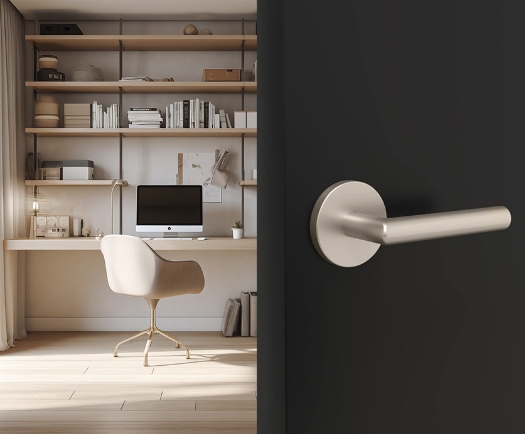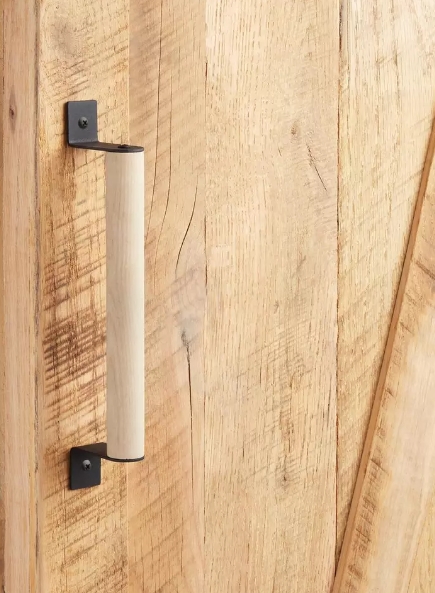
As the times continue to develop and people's living standards continue to improve, people's requirements for living environment are also getting higher and higher, including things like handles.
Recent years have seen significant advancements in the materials used for handles. Traditional metals like stainless steel and brass remain popular, but new alloys and composites are increasingly being adopted. These materials enhance durability and corrosion resistance while reducing weight. For example, titanium alloys and carbon fiber materials make handles both stronger and lighter.
With the rise of environmental awareness, more manufacturers are using sustainable materials such as recycled metals, bamboo, and bioplastics. These materials not only reduce environmental impact but also meet the growing consumer demand for eco-friendly products.

Modern handle designs are increasingly focusing on ergonomics. Through precise calculations and experiments, designers have developed handle shapes that conform better to the natural grip of the human hand, reducing fatigue during use. ergonomic handles enhance comfort and convenience in both residential and commercial applications.
Handles are becoming a crucial part of interior decor. Designers are blending aesthetics with functionality to create handles that are both practical and visually appealing. For instance, simple lines and modern materials are used to create handles that fit various interior styles.

With the proliferation of smart homes, smart handles have become popular. These handles integrate features such as fingerprint recognition, password entry, and Bluetooth connectivity, offering enhanced security and convenience. Users can control and monitor smart handles through mobile apps, improving home security.
Driven by the pandemic, contactless technology has become more prevalent in handle design. Innovations like automatic sensor handles and foot-operated handles reduce contact surfaces, lowering the risk of germ transmission and improving hygiene in both public and private spaces.
In response to increased hygiene demands, manufacturers have developed handles with antibacterial coatings. These coatings inhibit the growth of bacteria and viruses, providing a more sanitary environment. Such coatings often use silver ions or other antimicrobial materials and are widely used in hospitals, schools, and public facilities.
New durable coating technologies ensure that handles remain shiny and new-looking even after long-term use. These coatings not only provide rust and corrosion resistance but also enhance the wear and scratch resistance of the handles, extending their lifespan.